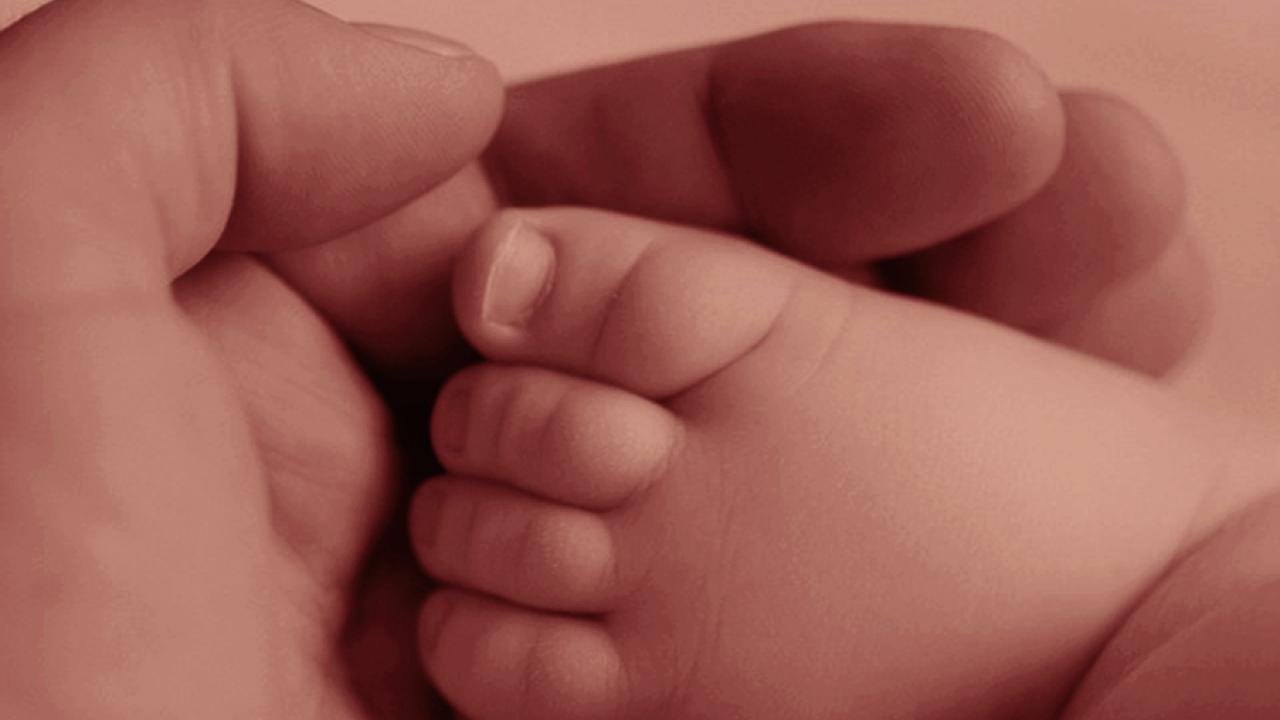
Predicting embryo success with in vitro fertilization
According to the American Society for Reproductive Medicine, just 7.5 percent of all artificially fertilized embryos will go on to become live-born children. With such a low success rate, failed in vitro fertilization (IVF) is a frustrating situation for couples and their doctors. Stuart Meyers, D.V.M., Ph.D., CNPRC Affiliate Scientist and professor in the Department of Anatomy, Physiology and Cell Biology, School of Veterinary Medicine, University of California, Davis, recently published the results of his research conducted at the CNPRC that could vastly improve the success of Assisted Reproductive Technology, including IVF, by increasing the ability to predict which embryos stand the highest chance of continuing to develop normally (Burruel V, Klooster K, Barker CM, Pera RR and Meyers S. Abnormal Early Cleavage Events Predict Early Embryo Demise: Sperm Oxidative Stress and Early Abnormal Cleavage. Scientific Reports (Nature) 4:6598 doi:10.1038/srep06598, 13 October 2014). About 5 days after a sperm and egg join, it becomes a ball of dozens to hundreds of cells called a blastocyst. In human Assisted Reproductive Technology programs, the potential to reach the blastocyst stage is used as a marker to signify developmental competence, determining which embryos to implant in the uterus. Until this current research, there has been no appropriate animal model to determine which human blastocysts could continue to develop normally. One objective of Dr. Meyers’ research was to determine whether certain, early events in rhesus development would be predictive for normal blastocyst development. An understanding of abnormal cell division is an essential first step in determining the influence of extrinsic factors on fetal loss, spontaneous abortion, birth defects, gamete aging, and environmental toxicant exposure. Rhesus macaques, unlike mice, are similar to humans in their reproductive biology and therefore a highly relevant model for human development. Rhesus monkeys have been used for decades as a model to develop and improve upon IVF and other Assisted Reproductive Technology techniques, resulting in increased clinical success for people using these services. In these studies, Dr. Meyers and his colleagues used a novel non-invasive time-lapse live embryo imaging technique that provided insight into mitotic activity on a minute-to-minute basis of the abnormal cleavage errors previously known to occur, but which had been difficult to detect without constant visualization of the developing embryos inside the incubator. One adverse factor in embryo development can be from the effects of oxidative stress on sperm or oocytes. Oxidative stress is the physiological strain on the body caused by an imbalance between the production of toxic metabolic byproducts (free radicals) – for example from poor diet, smoking, or environmental pollution – and the body’s ability to detoxify with antioxidant defenses. Free radicals can do harm to proteins, membranes and genes, and have been implicated in many diseases such as cancer and Alzheimer’s. Using this imaging tool, Dr. Meyers’ research team has shown that they can visually predict developmental landmarks, and also see abnormal early developmental anomalies that lead to embryonic and fetal demise. This powerful new imaging technique has major implications not just for Assisted Reproductive Technologies, but also in furthering our understanding of how oxidative stress affects all reproduction. We will be able to better understand how aspects of our lives influence our own health and that of our children’s, for numerous conditions of inherited disease, diet, fertility, ozone and environmental effects, cancer, and childhood diseases – all of which exhibit degrees of the common denominator of oxidative cellular stress.
